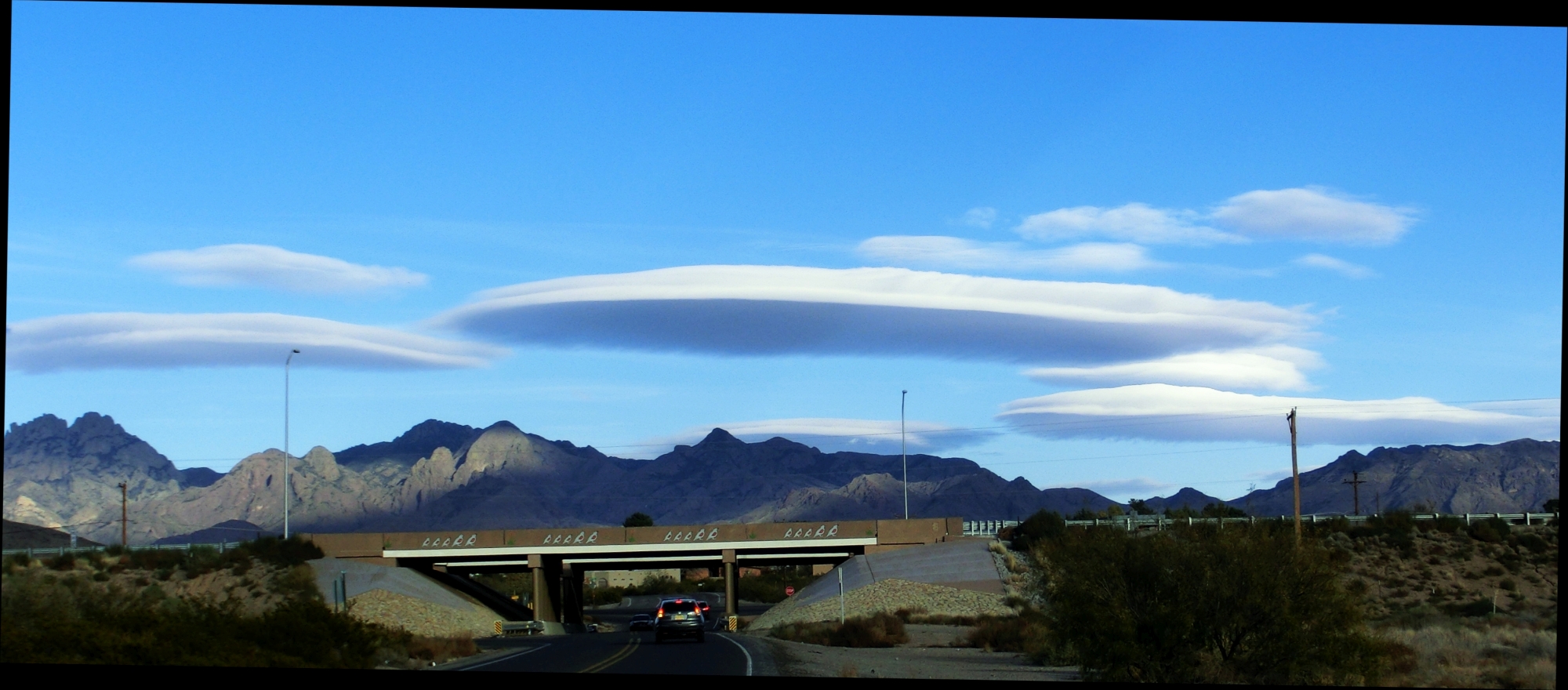19 October 2017. National Geographic misses the math. In the November 2017 issue you’ll find a two-page spread entitled Kelp is on the Way. The premise is that, if we begin farming kelp in a big way for food, it “could remove billions of metric tons of carbon dioxide from the atmosphere.” Here are the real limitations:
- If we eat kelp and metabolize it, all the carbon in the kelp goes back into the atmosphere as CO2 in our breath. The only way to keep the carbon sequestered is to prevent it being metabolized. One scheme touted at least a decade ago is to harvest trees and bury them. That could hold the carbon back for centuries to millenia, giving us time to fix our energy economy. Kelp will not. Rather in reverse, what goes down (C in our food) must come up (in our breath).
- Let’s not forget the fossil fuel usage in harvesting and transporting the kelp or kelp products. Processing and transport is a big part of all crop production and use.
- The global area suitable for kelp farming is very small, compared even to land-based crop area. It’s the continental shelves, and not too far out. Of course, if you want to put kelp on platforms in the open ocean… good luck.
- Will kelp grow without (added) nitrogen and phosphorus fertilizers, or even take up the N and P that we add in sewage or in cropland runoff? The marine ecologist cited in the entry is indirectly referencing some big inputs, such as the Mississippi River basin. Runoff of excess fertilizer, mostly, from over 1 million km2 of crops, puts enough N and P into the river delta to cause a massive algal bloom each year, over tens of thousands of km2. The dieback of the algae and subsequent decomposition deoxygenates the water with disastrous consequences for marine life. OK, but the big N and P inputs are at major river deltas, not the whole set of continental margins. Sure, many margins have upwelling of nutrient-rich waters, but the coverage is not good.
Kelp might be healthful as a food. It’s not a CO2 sink, by any means.
(Photo: National Geographic)

